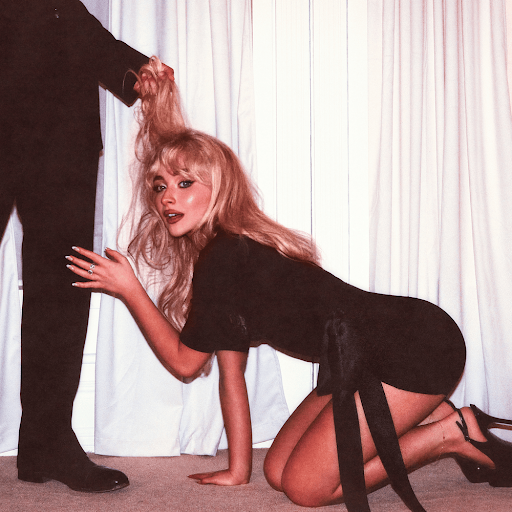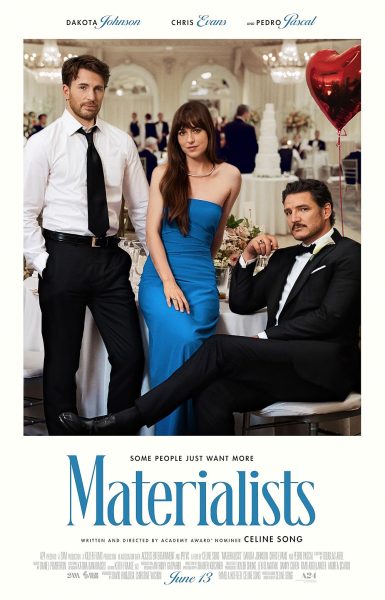Casting Controversies and Developing Diversity
Imagine this: you are sitting on the edge of your seat at the theater ready for the show to start. The curtain rises, the lights come on, and the beginning notes of “Good Morning, Baltimore” from “Hairspray” begin to play. The lead role, Tracy, stretches in bed, hits her alarm clock, and begins belting out the tune. Yet, something strikes you as odd; Tracy is black.
It doesn’t work, does it? “Hairspray,” a show that follows a plus-size, teenage girl as she defies typical beauty standards, and most importantly, fights against segregation, would make little sense if Tracy were played by a black girl. The same could be said if a white boy played Seaweed and danced around the stage singing about how great it is to be black.
It is difficult to make a statement about segregation if the very people who were segregated in history are not fairly represented. If the goal of the show is one thing, but the casting choices do not represent that goal, the show simply doesn’t work.
About a month ago, I saw “Miss Saigon” in Philadelphia. This show follows a young Vietnamese girl, Kim, and an American soldier, Chris, who fall in love during the Vietnam War. (Warning: spoilers ahead.)
Chris is forced to leave Vietnam when the Americans begin losing the war and tensions run high. He unwillingly leaves Kim behind, and, unbeknownst to him, she is pregnant with their child.
A few years later we see Kim with her young son Tam, and Chris is back in America and has a wife. Chris eventually learns he has a son, Kim learns Chris is now married and suffers a broken heart, and Kim ends up killing herself so Chris will have to bring Tam back to America to live a better life.
A major goal, if not the goal, of this show is to depict the horrors the Vietnamese people endured throughout the Vietnam War. The show also aims to make a statement about all of the children in Vietnam who were fathered by American soldiers but were left behind.
When “Miss Saigon” first premiered, there was an intense, international search for a woman to play the Vietnamese Kim; that search ended with Asian actress Lea Salonga getting the role. However, there was no such search conducted for actors to play the male Vietnamese roles of the Engineer or Thuy.
Instead, Jonathan Pryce and Keith Burns were cast as the Engineer and Thuy respectively. In order to play their Vietnamese roles, the two wore eye prostheses and bronzing cream.
This decision caused such an uproar that when the production moved to London, the Actors’ Equity Association (AEA) refused to allow Pryce to continue his role, stating, “The casting of a Caucasian actor made up to appear Asian is an affront to the Asian community. The casting choice is especially disturbing when the casting of an Asian actor, in the role, would be an important and significant opportunity to break the usual pattern of casting Asians in minor roles.”
However, the AEA was forced to change its decision after pressure from both the general public and producer Cameron Mackintosh.
Again, if the goal of the show is one thing but the casting choices do not represent that goal, the show does not make sense. With “Miss Saigon” aiming to depict the Vietnamese struggle, the casting of a white actor not only undermines that goal but results in racist attempts to cover up that whiteness as we saw with the eye prostheses and bronzing cream Pryce and Burns chose to wear.
Many Vietnamese people struggled to flee their country when tensions were high, and we see this addressed repeatedly throughout the show, with numerous Vietnamese attempting to get a visa, including the Engineer. If you are going to represent the struggle of a particular group of people, you need to cast accordingly.
Thankfully, when I saw the show recently, the Vietnamese roles were cast accordingly (and they were great!).
On a similar note, I recall the initial confusion felt by people when “Hamilton” first premiered. The show follows the Founding Fathers, primarily Alexander Hamilton. Yet, most of the cast was (and still is) made up of primarily Latinx and African American actors. As I am sure everyone knows, the Founding Fathers were white.
So, why the casting choice? Isn’t this similar to having a black Tracy or a white Seaweed?
What is unique about “Hamilton” all comes back to my point about the goal of a show. “Hamilton”’s ultimate goal is to celebrate diversity.
The Founding Fathers were a group of wealthy, white men who established a government to benefit people like themselves. “Hamilton” essentially aims to reclaim history for minority groups, showing them that they too played a role in history and served purposes other than that of servants or slaves.
As a result, we may get a black George Washington or a Latino Alexander Hamilton. This is also why the score consists of rap and hip-hop, given that these music genres were created by people of color.
Overall, casting is a complicated process. Directors want to ensure that they are choosing the most talented person for a role. However, they must also keep in mind what the goal of their work is. If they cast someone who negates that goal, it won’t matter how talented they are.









